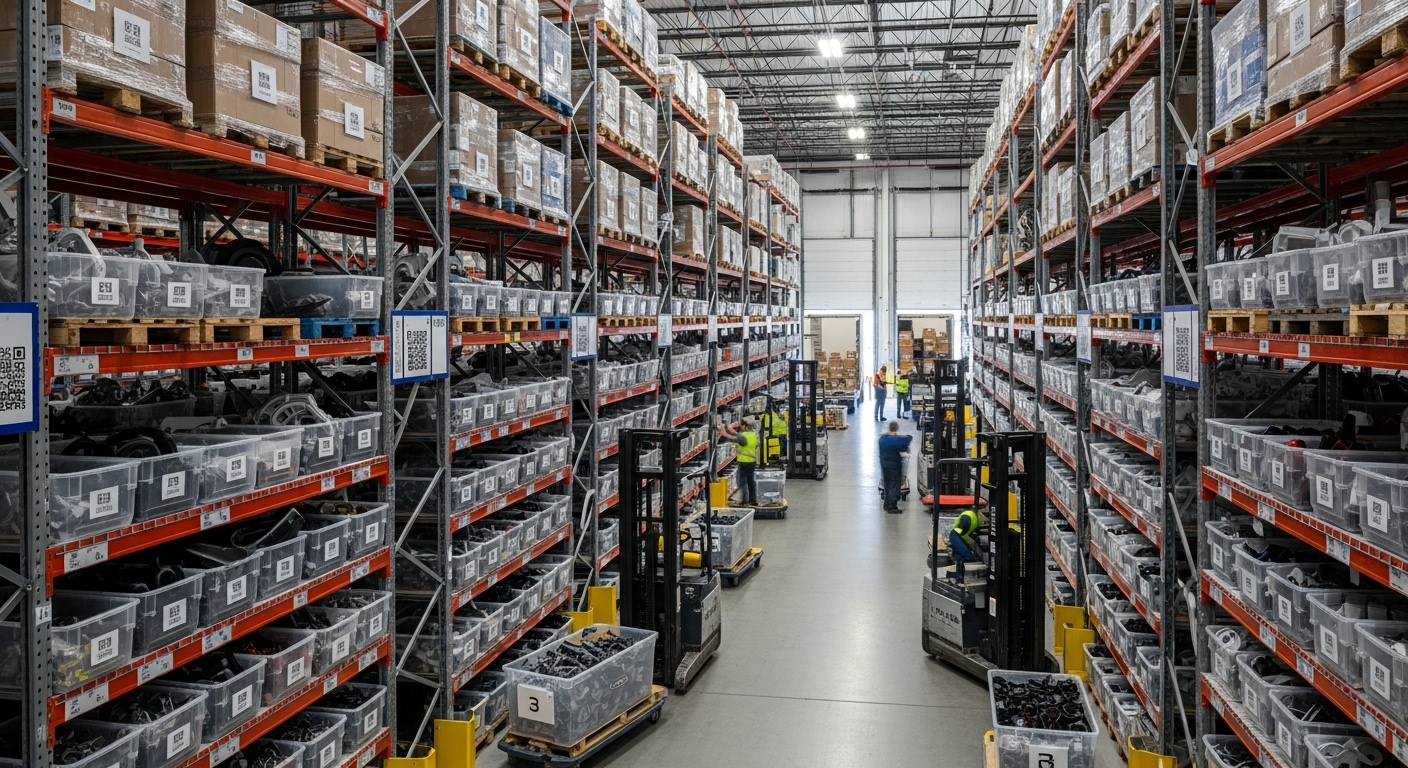Over the past few years, global supply chains have been tested like never before. From raw material shortages to shipping delays, businesses across industries have struggled to maintain continuity. In response, many are turning to 3D printing as a strategic tool to reduce dependency on fragile supply lines and regain control over production.
The Problem: Fragile Supply Chains
Traditional supply chains are long and complex, involving multiple vendors, transportation hubs, and warehousing. Disruptions at any point—be it due to natural disasters, geopolitical events, or factory shutdowns—can delay product delivery by weeks or even months.
Common Issues:
- Delayed or unavailable components
- Skyrocketing freight costs
- Limited visibility into sourcing and stock levels
- High inventory costs due to overstocking safety buffers
How 3D Printing Mitigates Supply Chain Risk
🛠️ 1. Localized Manufacturing
By producing parts closer to where they’re needed, companies reduce reliance on overseas suppliers and minimize transport disruptions.
⏱️ 2. On-Demand Production
Instead of maintaining stockpiles of spare parts, businesses can print components as needed. This reduces inventory costs and increases responsiveness.
💾 3. Digital Inventory
With 3D printing, companies can store part designs digitally rather than physically—replacing warehouses full of SKUs with a single cloud-based file library.
🔁 4. Rapid Prototyping and Iteration
Faster iteration cycles help bring products to market quicker—even when overseas prototyping services are unavailable or delayed.
🔧 5. Custom Fixtures and Jigs
In-house teams can design and print tools, jigs, and fixtures needed to maintain or adapt their production lines without waiting weeks for custom parts.
Real-World Applications Across Industries
- Aerospace & Defense: Producing mission-critical parts on-site at military bases or research facilities
- Automotive: Printing obsolete parts for vintage models or emergency replacements
- Medical: Creating surgical tools and patient-specific devices when imports are delayed
- Consumer Goods: Rapidly launching limited editions or new designs without retooling factories
Cost and Time Implications
While 3D printing is still more expensive per unit than mass production, it drastically reduces time-to-recovery during supply shocks. The agility and independence it offers often outweigh the material cost difference in high-stakes scenarios.


